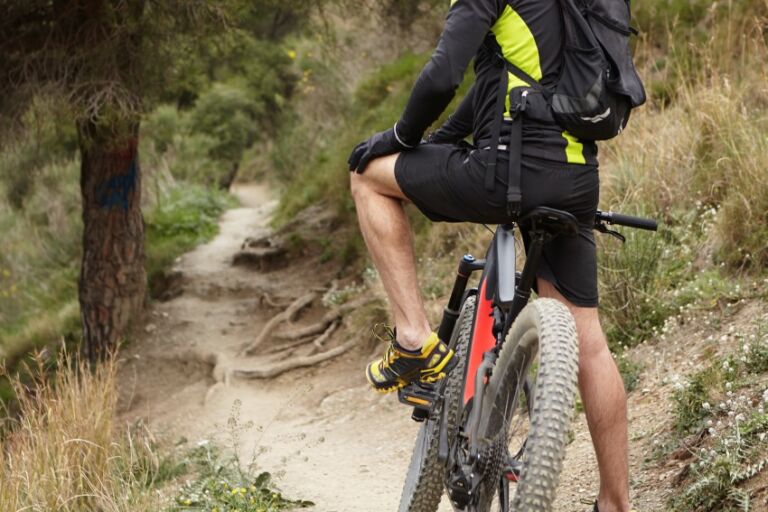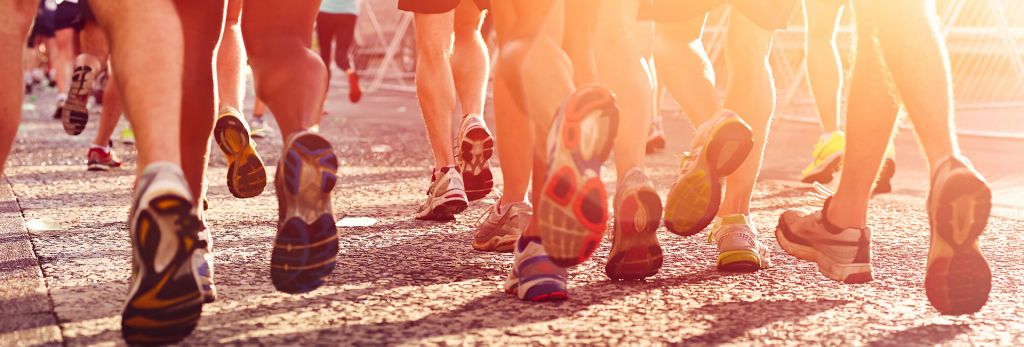Thanks for reaching out. Your question has several possible answers that ultimately relate back to:
- how the external tibial torsion was diagnosed
- your age (or that of the person who you are asking on behalf of)
- any changes or symptoms experienced due to the rotation
Tibial rotation can often be classified as functional (where someone has features such as out-toeing without actual bony torsion) or anatomical (true rotation or torsion of the tibia accompanied by similar signs).
Correction of a severe tibial torsion would often require surgery and is often caught early and performed primarily in children.
With many cases, treatment is focused on exercises designed to reduce strain on the joints and tissue around the tibia. Functional external tibial rotation can sometimes be the result of weakness in the muscles that support the knee joint, the alignment of the foot, and general lower body mechanics, which would take a personalized strengthening program and possibly hands-on treatment to address.
Due to the complexity of this issue and the necessity for a proper diagnosis, we would highly recommend getting an in-person assessment by a physical therapist who can better recommend a corrective method or refer you to a secondary provider should you need further examination or imaging.
To locate a Therapeutic Associates practitioner near you, visit our clinic locator here.

Consult a physical therapist!
Our therapists are experts at discovering the root cause of any musculoskeletal condition and will help you determine if PT is right for you or if additional medical intervention is advised.
